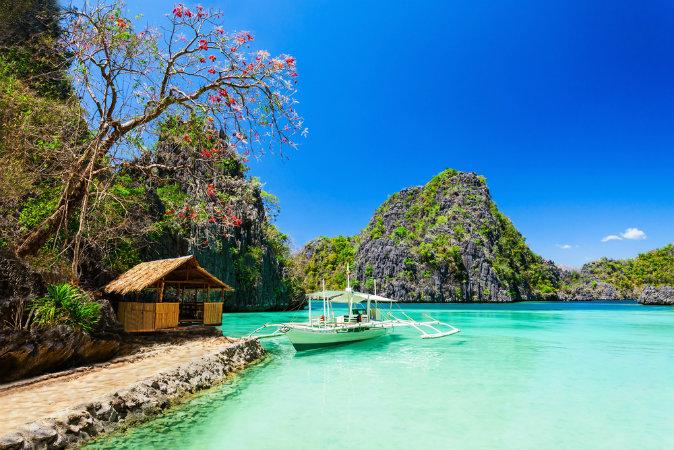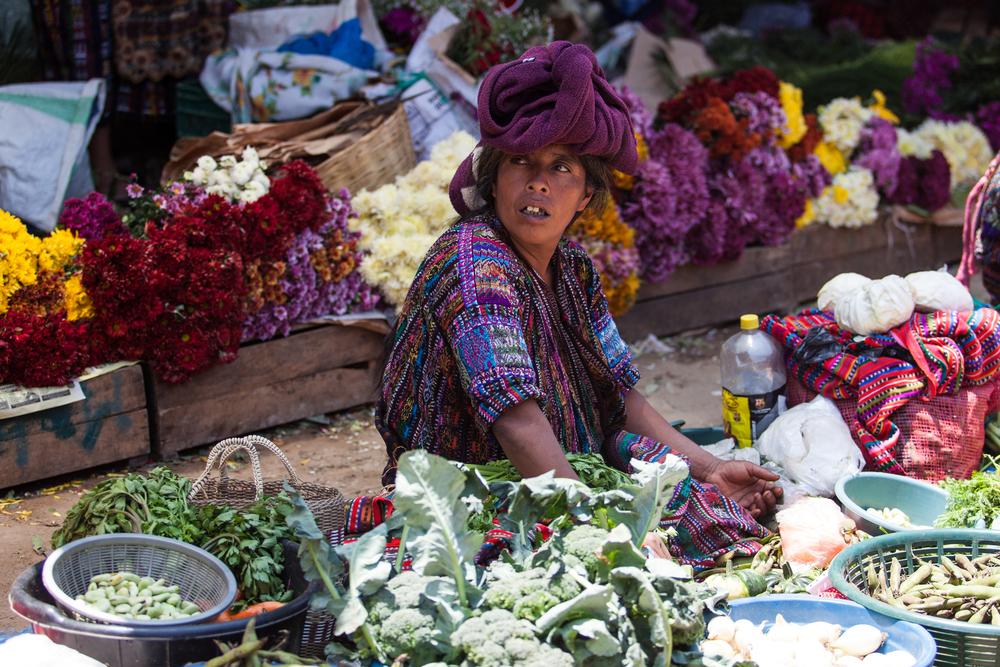2 Weeks = $1,155 USD Per Person.
I traveled around the Philippines for 2 weeks and spent a total of $1,155 USD. At no point did I feel like I was living on a tight budget – in fact, we splurged on most things and stayed in nice hotels and hostels. We each spent $82,5 per day, but you can easily do it much cheaper than that. Just head over to eTramping where Agness & Cez explain how they managed to only spend $14,92 per day!
Here’s my budget from A to Z for 1 person:
TRANSPORTATION = $159,7

Miriam Risager, Adventurous Miriam





